Gathika Ratnayaka
Optimal Partial Graph Matching
Oct 23, 2024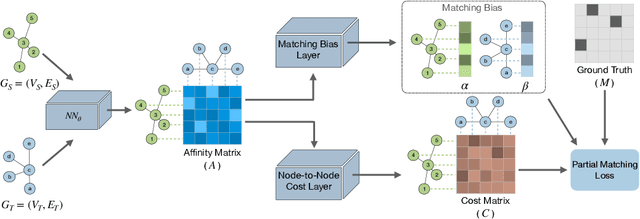



Abstract:Partial graph matching addresses the limitations of traditional graph matching by allowing some nodes to remain unmatched, making it applicable to more complex scenarios. However, this flexibility introduces additional complexity, as both the subset of nodes to match and the optimal mapping must be determined. While recent studies have explored deep learning techniques for partial graph matching, a significant limitation remains: the absence of an optimization objective that fully captures the problem's intrinsic nature while enabling efficient solutions. In this paper, we propose a novel optimization framework for partial graph matching, inspired by optimal partial transport. Our approach formulates an objective that enables partial assignments while incorporating matching biases, using weighted total variation as the divergence function to guarantee optimal partial assignments. We employ the Hungarian algorithm to achieve efficient, exact solutions with cubic time complexity. Our contributions are threefold: (i) we introduce a robust optimization objective that balances matched and unmatched nodes; (ii) we establish a connection between partial graph matching and the linear sum assignment problem, enabling efficient solutions; (iii) we propose a deep graph matching architecture with a novel partial matching loss, providing an end-to-end solution. The empirical evaluations on standard graph matching benchmarks demonstrate the efficacy of the proposed approach.
Rule-Based Approach for Party-Based Sentiment Analysis in Legal Opinion Texts
Nov 13, 2020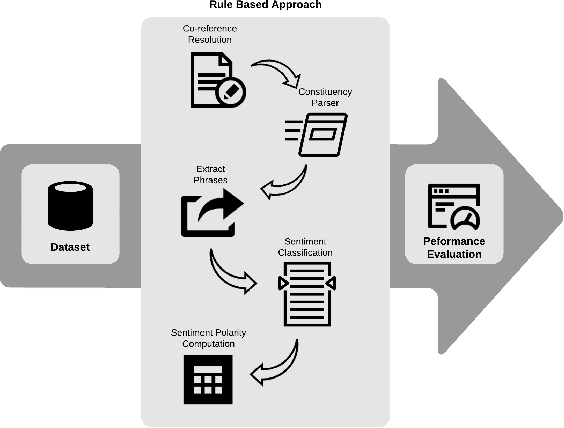
Abstract:A document which elaborates opinions and arguments related to the previous court cases is known as a legal opinion text. Lawyers and legal officials have to spend considerable effort and time to obtain the required information manually from those documents when dealing with new legal cases. Hence, it provides much convenience to those individuals if there is a way to automate the process of extracting information from legal opinion texts. Party-based sentiment analysis will play a key role in the automation system by identifying opinion values with respect to each legal parties in legal texts.
SigmaLaw-ABSA: Dataset for Aspect-Based Sentiment Analysis in Legal Opinion Texts
Nov 12, 2020
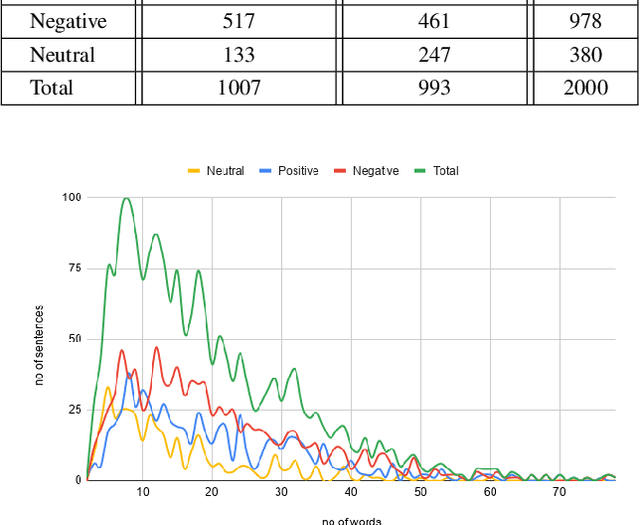
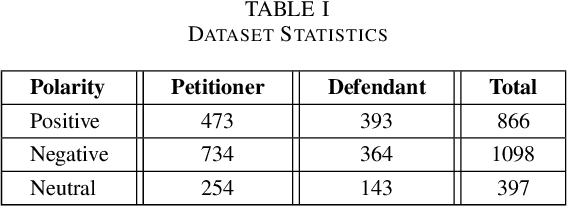
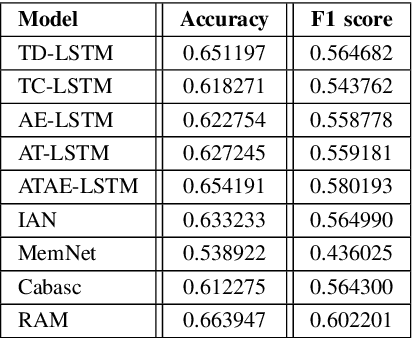
Abstract:Aspect-Based Sentiment Analysis (ABSA) has been prominent and ongoing research over many different domains, but it is not widely discussed in the legal domain. A number of publicly available datasets for a wide range of domains usually fulfill the needs of researchers to perform their studies in the field of ABSA. To the best of our knowledge, there is no publicly available dataset for the Aspect (Party) Based Sentiment Analysis for legal opinion texts. Therefore, creating a publicly available dataset for the research of ABSA for the legal domain can be considered as a task with significant importance. In this study, we introduce a manually annotated legal opinion text dataset (SigmaLaw-ABSA) intended towards facilitating researchers for ABSA tasks in the legal domain. SigmaLaw-ABSA consists of legal opinion texts in the English language which have been annotated by human judges. This study discusses the sub-tasks of ABSA relevant to the legal domain and how to use the dataset to perform them. This paper also describes the statistics of the dataset and as a baseline, we present some results on the performance of some existing deep learning based systems on the SigmaLaw-ABSA dataset.
Effective Approach to Develop a Sentiment Annotator For Legal Domain in a Low Resource Setting
Oct 31, 2020

Abstract:Analyzing the sentiments of legal opinions available in Legal Opinion Texts can facilitate several use cases such as legal judgement prediction, contradictory statements identification and party-based sentiment analysis. However, the task of developing a legal domain specific sentiment annotator is challenging due to resource constraints such as lack of domain specific labelled data and domain expertise. In this study, we propose novel techniques that can be used to develop a sentiment annotator for the legal domain while minimizing the need for manual annotations of data.
Enhancing the Identification of Cyberbullying through Participant Roles
Oct 23, 2020
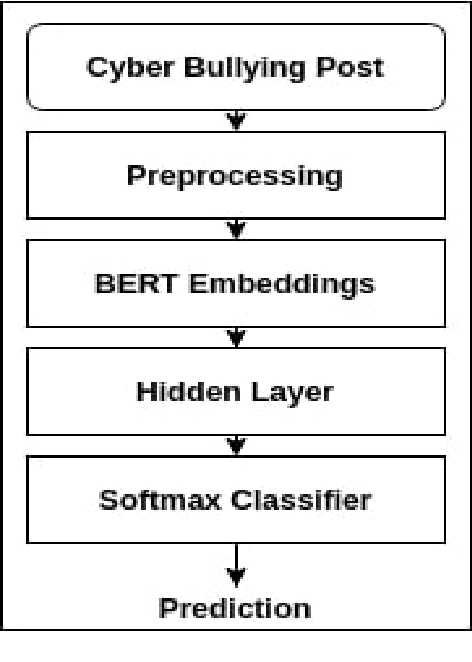
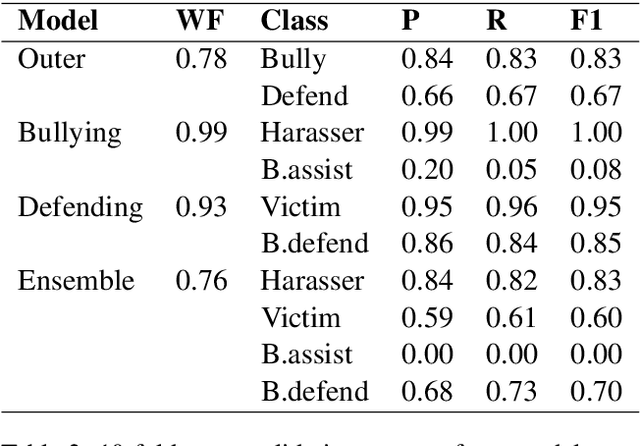
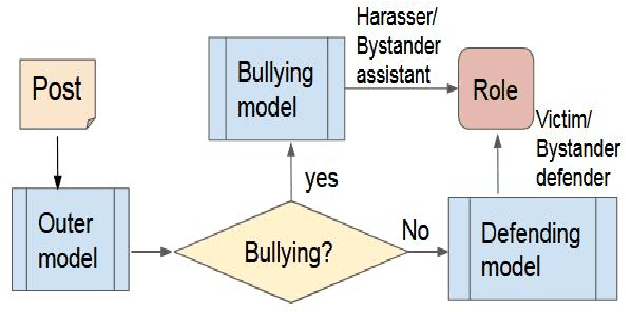
Abstract:Cyberbullying is a prevalent social problem that inflicts detrimental consequences to the health and safety of victims such as psychological distress, anti-social behaviour, and suicide. The automation of cyberbullying detection is a recent but widely researched problem, with current research having a strong focus on a binary classification of bullying versus non-bullying. This paper proposes a novel approach to enhancing cyberbullying detection through role modeling. We utilise a dataset from ASKfm to perform multi-class classification to detect participant roles (e.g. victim, harasser). Our preliminary results demonstrate promising performance including 0.83 and 0.76 of F1-score for cyberbullying and role classification respectively, outperforming baselines.
Shift-of-Perspective Identification Within Legal Cases
Jul 17, 2019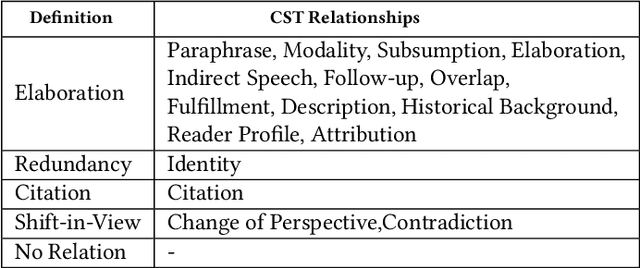
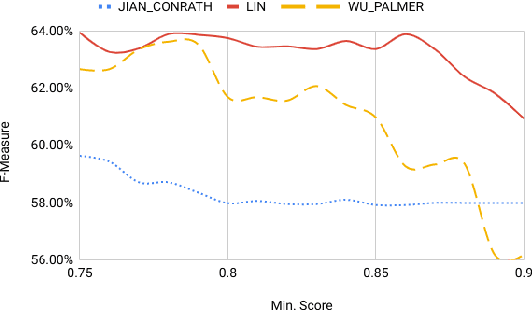
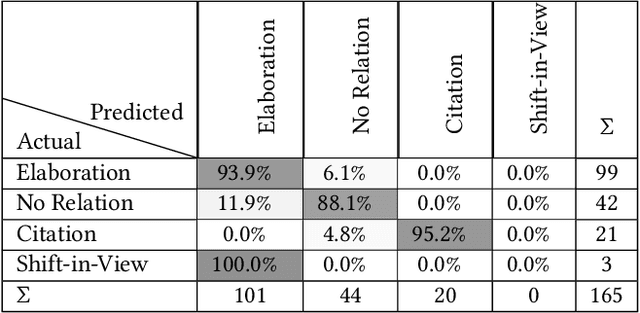
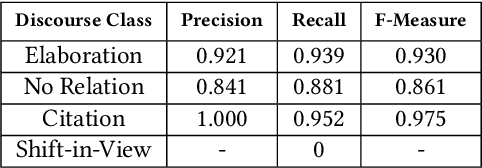
Abstract:Arguments, counter-arguments, facts, and evidence obtained via documents related to previous court cases are of essential need for legal professionals. Therefore, the process of automatic information extraction from documents containing legal opinions related to court cases can be considered to be of significant importance. This study is focused on the identification of sentences in legal opinion texts which convey different perspectives on a certain topic or entity. We combined several approaches based on semantic analysis, open information extraction, and sentiment analysis to achieve our objective. Then, our methodology was evaluated with the help of human judges. The outcomes of the evaluation demonstrate that our system is successful in detecting situations where two sentences deliver different opinions on the same topic or entity. The proposed methodology can be used to facilitate other information extraction tasks related to the legal domain. One such task is the automated detection of counter arguments for a given argument. Another is the identification of opponent parties in a court case.
Fast Approach to Build an Automatic Sentiment Annotator for Legal Domain using Transfer Learning
Oct 03, 2018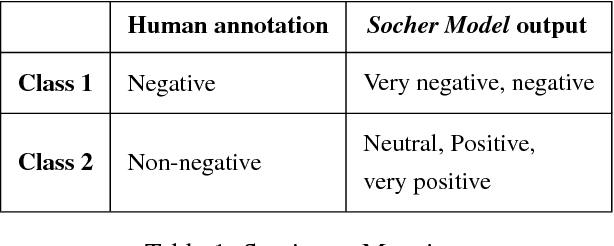
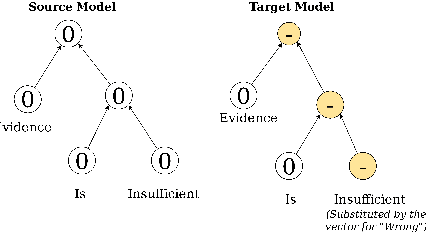
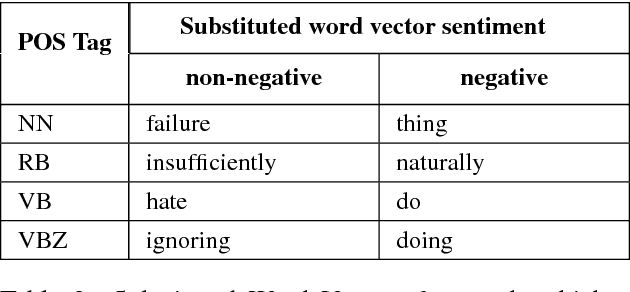
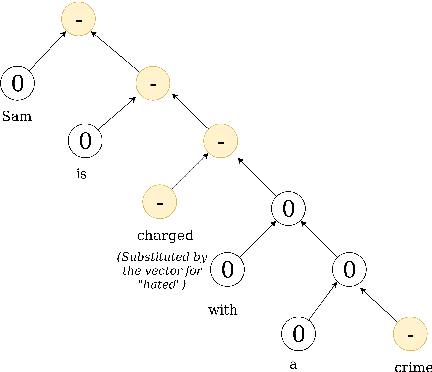
Abstract:This study proposes a novel way of identifying the sentiment of the phrases used in the legal domain. The added complexity of the language used in law, and the inability of the existing systems to accurately predict the sentiments of words in law are the main motivations behind this study. This is a transfer learning approach, which can be used for other domain adaptation tasks as well. The proposed methodology achieves an improvement of over 6\% compared to the source model's accuracy in the legal domain.
Identifying Relationships Among Sentences in Court Case Transcripts Using Discourse Relations
Sep 15, 2018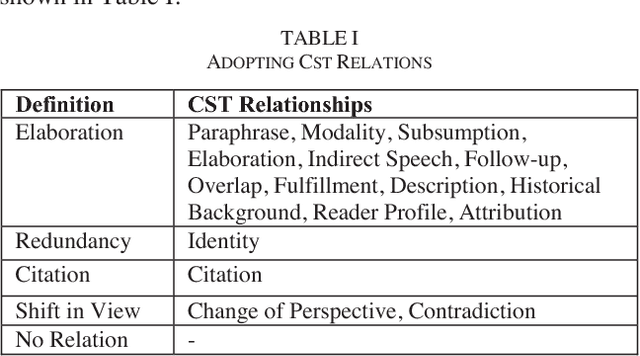
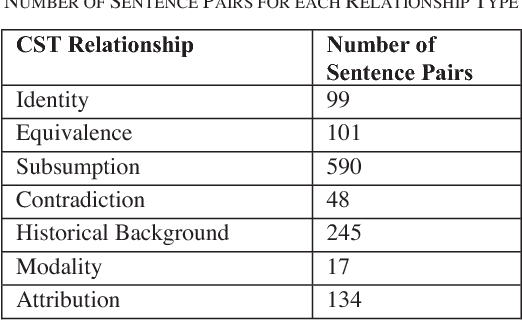
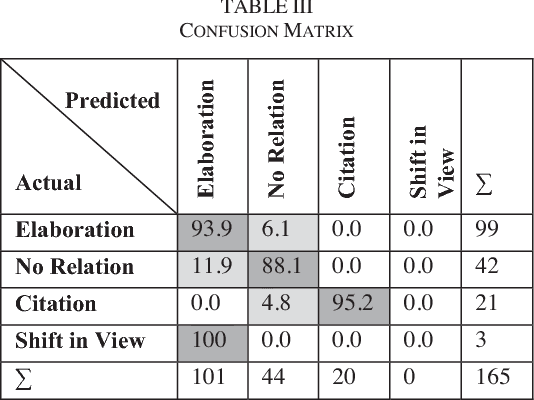

Abstract:Case Law has a significant impact on the proceedings of legal cases. Therefore, the information that can be obtained from previous court cases is valuable to lawyers and other legal officials when performing their duties. This paper describes a methodology of applying discourse relations between sentences when processing text documents related to the legal domain. In this study, we developed a mechanism to classify the relationships that can be observed among sentences in transcripts of United States court cases. First, we defined relationship types that can be observed between sentences in court case transcripts. Then we classified pairs of sentences according to the relationship type by combining a machine learning model and a rule-based approach. The results obtained through our system were evaluated using human judges. To the best of our knowledge, this is the first study where discourse relationships between sentences have been used to determine relationships among sentences in legal court case transcripts.
 Add to Chrome
Add to Chrome Add to Firefox
Add to Firefox Add to Edge
Add to Edge